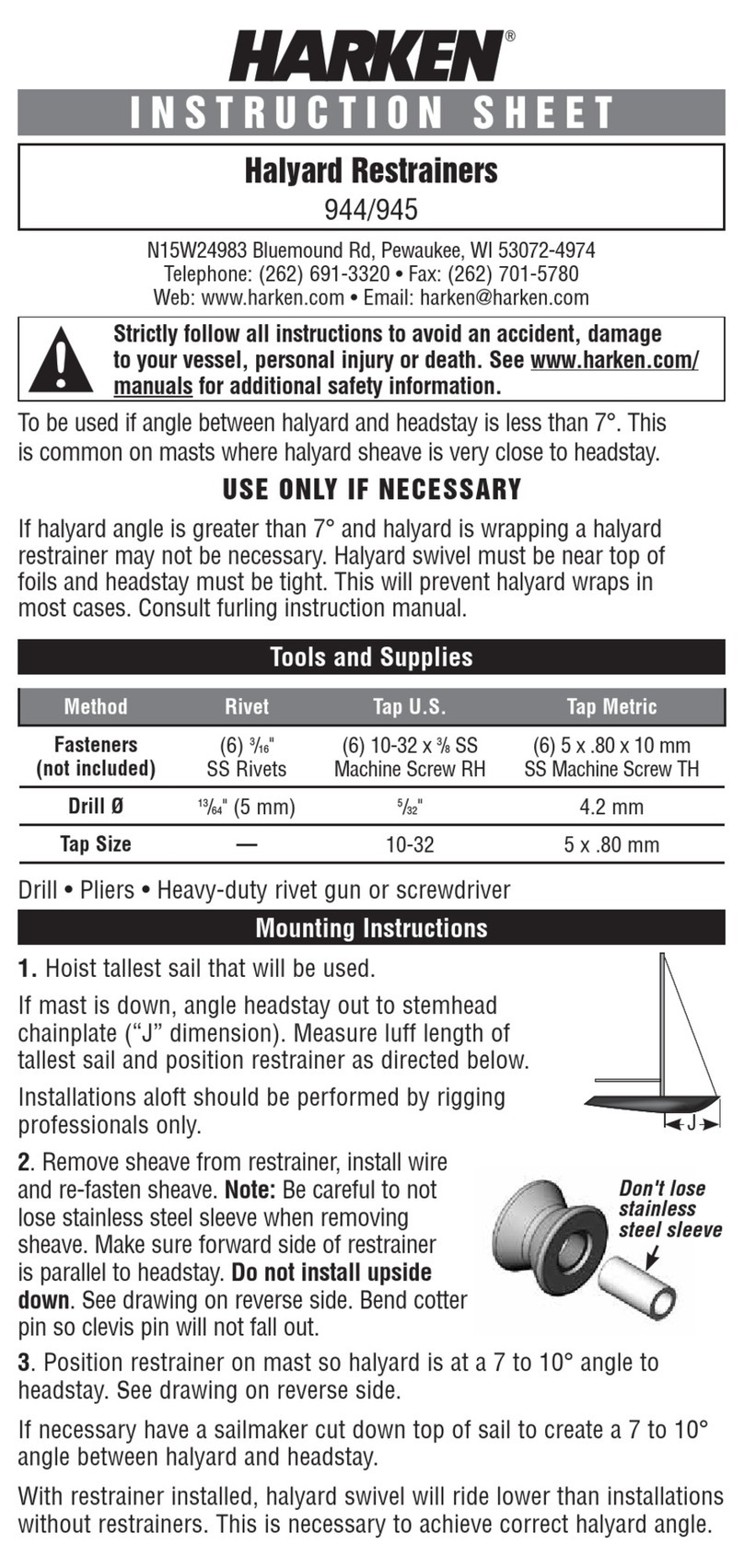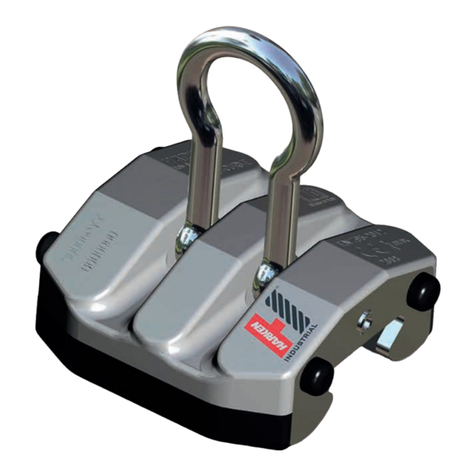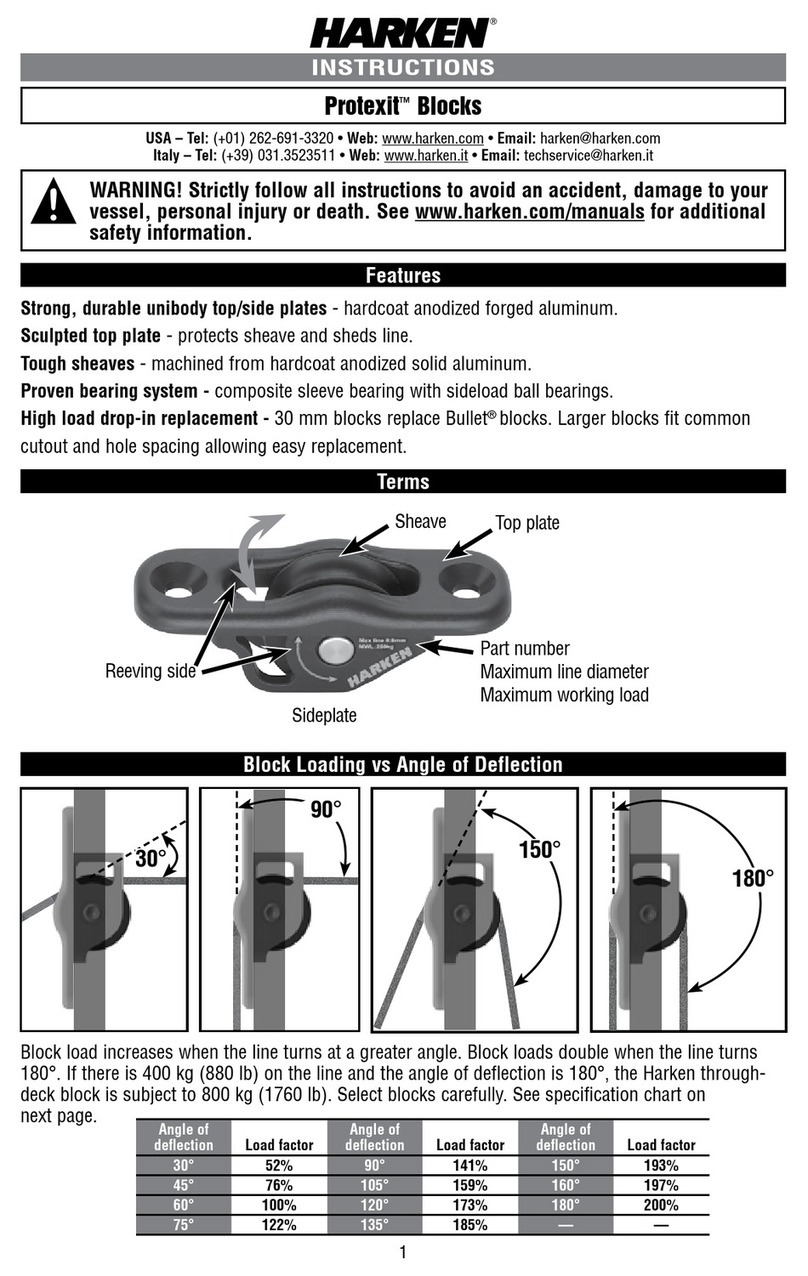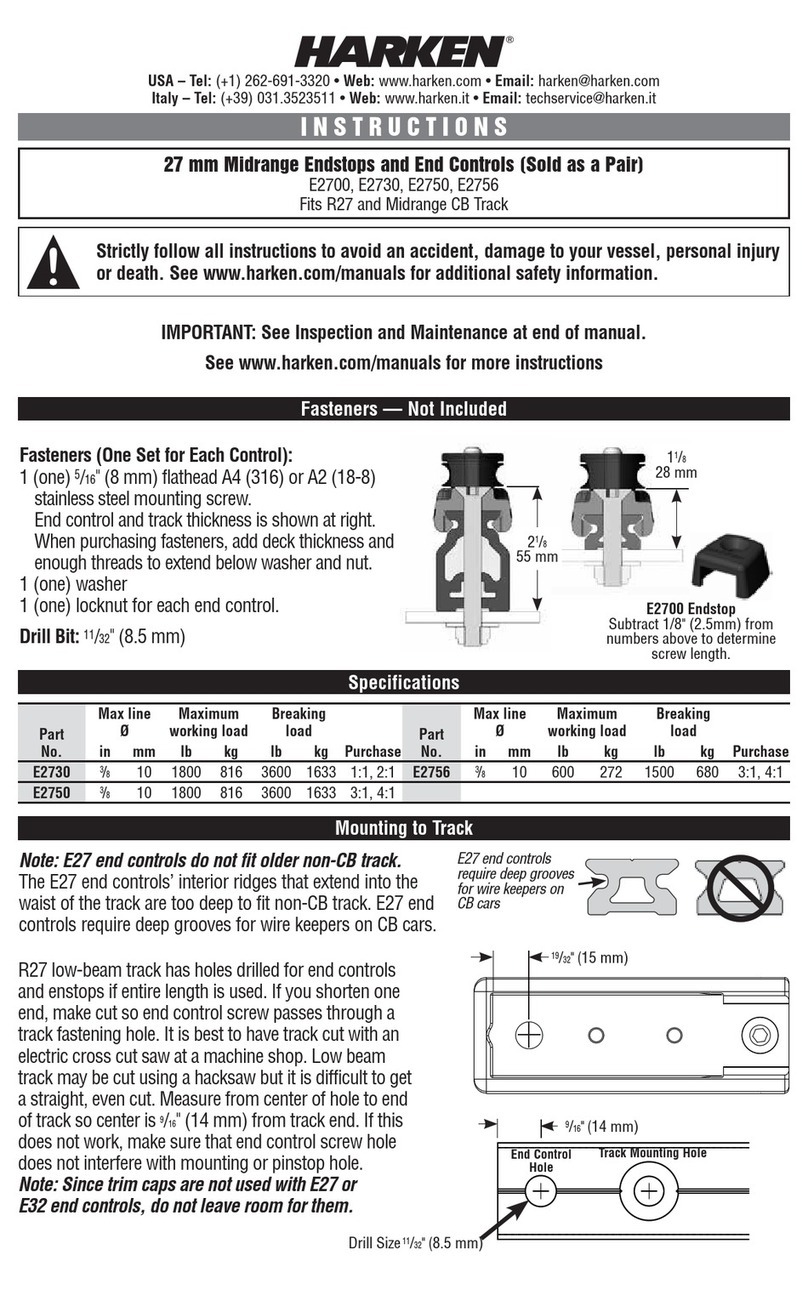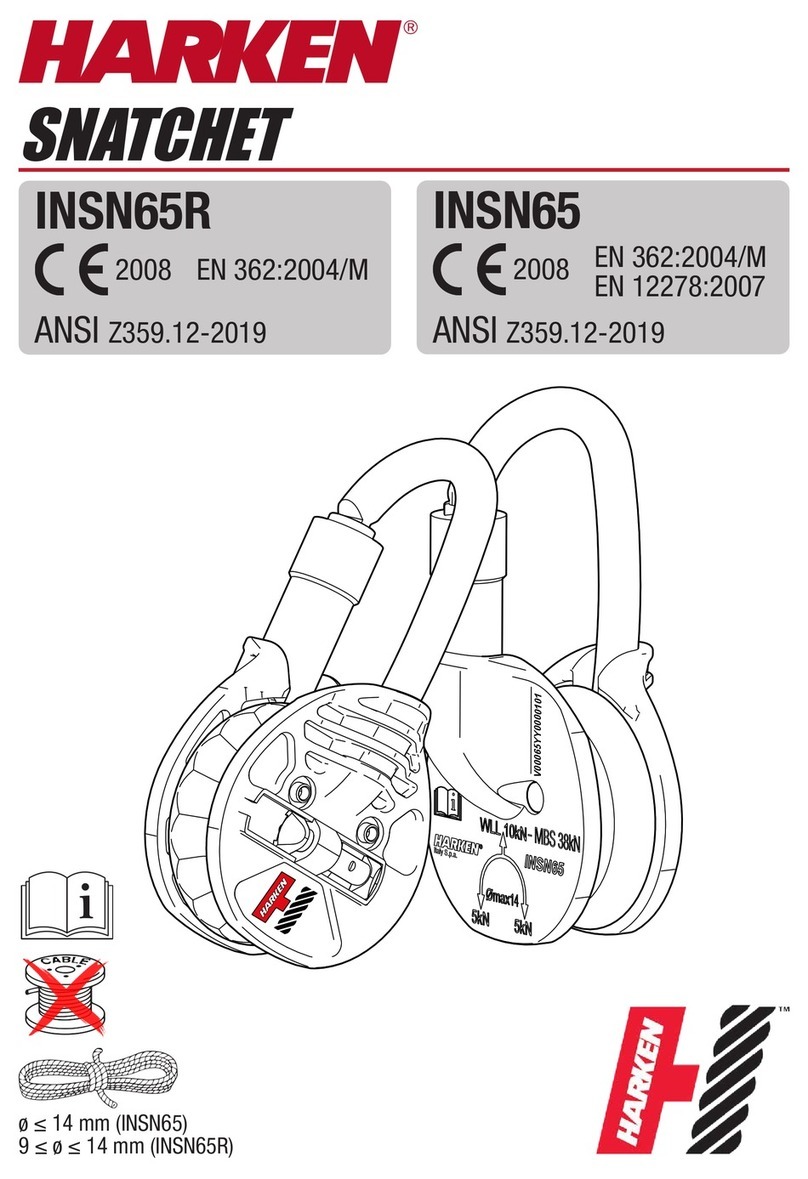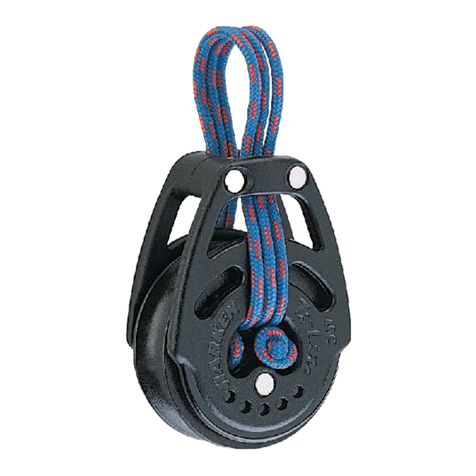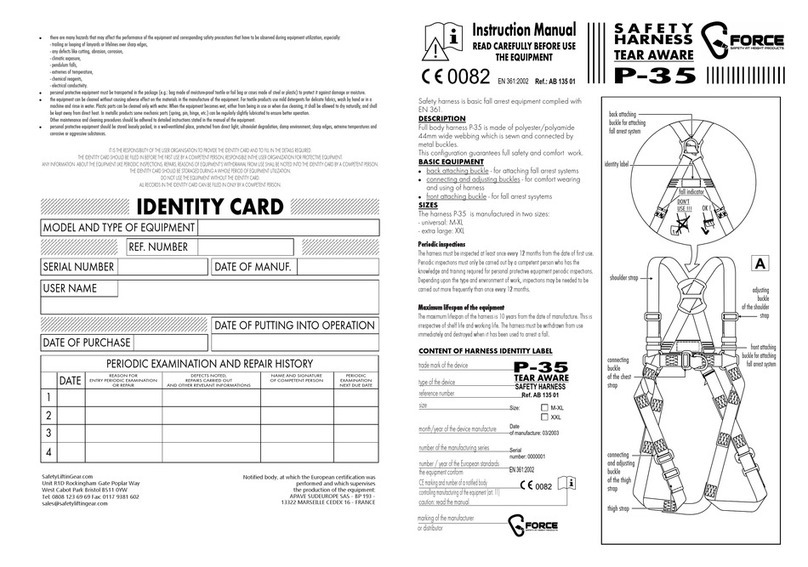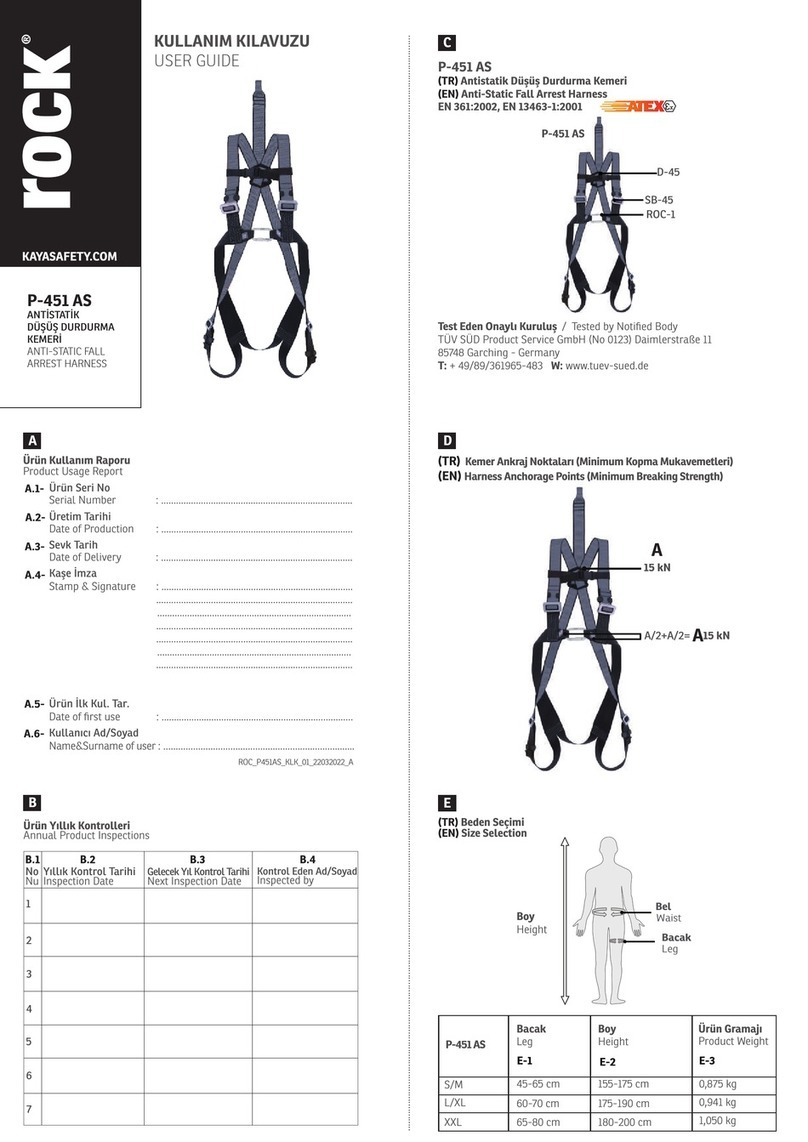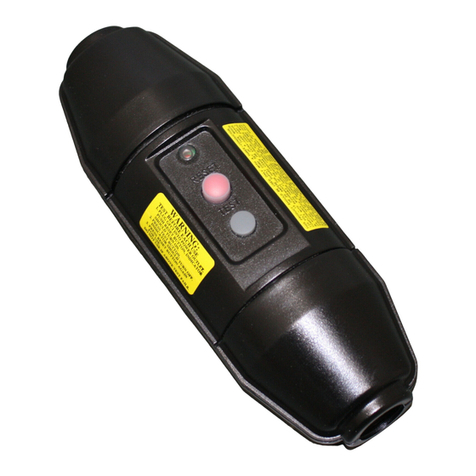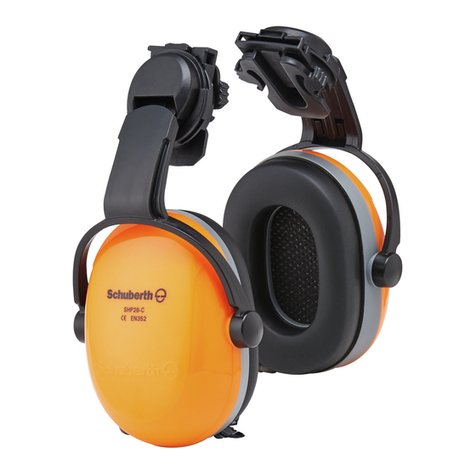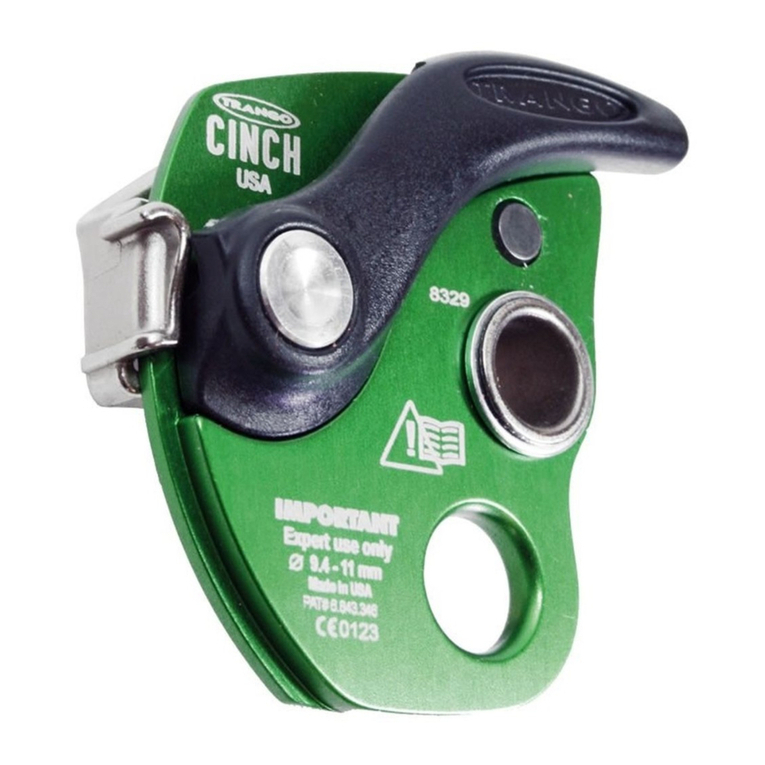
4 Access Rail System – R27
3) Installation
PLAN SYSTEM
Consider all factors that will affect safety during use of this equipment.
Rail must be laid out and positioned as determined by a naval architect
or other suitably qualified person.
User must ensure that distance required to arrest fall is less than
obstruction below. Height of user plus extended safety lanyard length
must not be more than the height from rail to ground minus 2 m (6.5 ft).
Installer shall ensure suitability of base materials into which rail is fixed and that it is capable of sustaining test
force as detailed in standard EN 795:2012.
The following publications give detailed information to ensure safe and legally compliant installation. EN 795:2012
– Protection against falls from a height – Anchor devices – Requirements and Testing. BS 7883:2005 – Code of
practice for the design, selection, installation, use and maintenance of anchor devices conforming to BS EN 795.
MGN422 (M) – Use of Equipment to undertake work over the side on yachts and other vessels. (see Appendix A).
Harken External Access System – Installation and Proof Testing Advice. (see Appendix B).
Avoid attaching system components where suspension and/or fall arrest rope may come
in contact with, or abrade against, unprotected sharp edges.
HC1057 CAR ASSEMBLY/WHEEL TOGGLE
This car is designed to run along a surface, mounted so that the toggle
overhangs the edge. Ensure that the whole wheel width is in good contact
with the surface to which the rail is attached. Ensure that the surface is
strong enough to sustain the expected working load and wear.
RAIL INSTALLATION
This Access Rail system should be installed only by a competent person or competent organization.
All rail listed in this manual is designed to use stainless steel fasteners. Attachment to vessel
must be in accordance with MGN 422(M). Harken does not recommend installing with aluminum
fasteners. Use of non stainless steel fasteners is at the liability of the installer and must be designed
to meet the requirements of MGN 422(M) in Appendix A and Proof Testing in Appendix B.
Always use threadlocking solution or locknuts.
Precise rail alignment at joints is critical for smooth-running cars. Use Splice Links, Part
1649 (1643 rail) or Part 1651 (1650 rail), and round rods and spring clamps to align rail
during installation. Use transfer punch to mark hole centers. Keep rail in alignment, until
secured, with spring or "C" clamps when marking, drilling holes and inserting fasteners.
To prevent cars from rolling off rail, fasten endstops to rail ends using M8 (5/16")
stainless steel fasteners.
All rail and endstop fasteners must be coated with an anti-corrosion compound such as Tef-Gel®.
Installer must ensure that instructions and limitations of use are clearly displayed close to system. This should
include a statement that it is designed exclusively for use of personal protective equipment.
Rail should run horizontal to water plane, but can be mounted at various angles on this horizontal structure.
INCORRECT
CORRECT
Ceiling Mount Wall Mount
Mounted on angle:
cars with wheel
toggle face outward
Mounted in recess: cars with wheel
toggle for loading over an edge
Wheel Toggle Car
Use transfer punch to mark
hole centers. Hold rail in
alignment, until secured, with
spring or "C" clamps when
marking and drilling holes.

